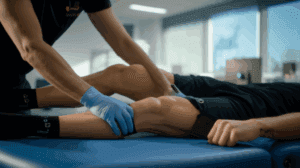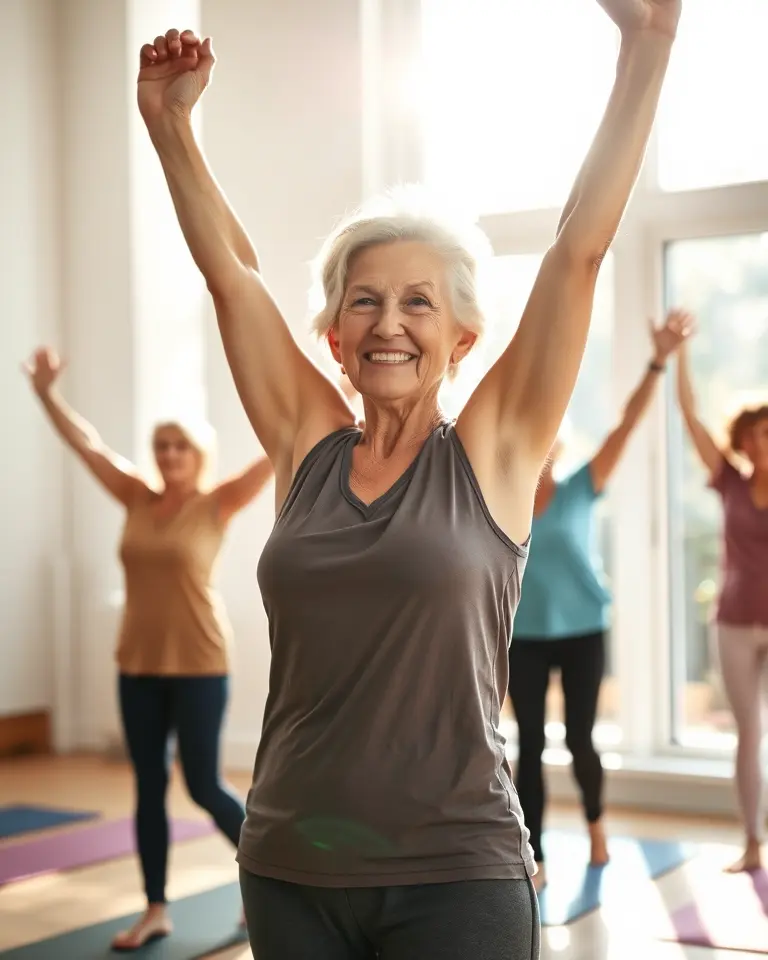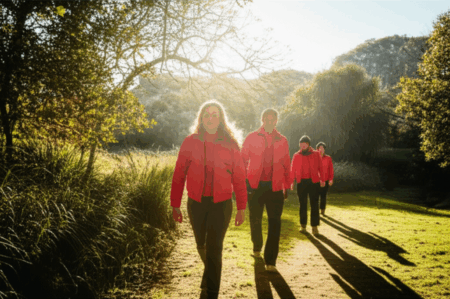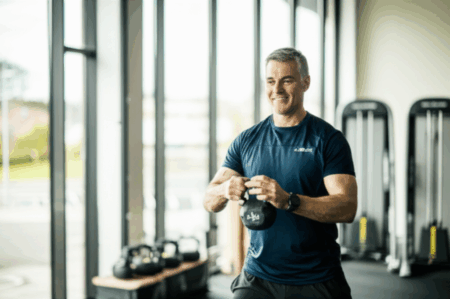For many, the start of a new year is synonymous with resolutions – promises to ourselves to make positive changes. Among the most common? A renewed commitment to fitness. But for those positively 50+, easing back into a fitness routine requires a thoughtful and strategic approach. It’s not about replicating youthful exuberance, but rather about building a sustainable and beneficial exercise plan that caters to your body’s current needs and abilities.
The Importance of Fitness After 50
As we age, maintaining physical activity becomes increasingly crucial for overall health, vitality, and independence. Regular exercise offers a multitude of benefits:
- Improved Physical Health: Exercise helps maintain a healthy weight, strengthens bones and muscles, improves cardiovascular health, and reduces the risk of chronic diseases like diabetes and heart disease.
- Enhanced Mobility and Balance: As our bodies age, tendons thicken and become less elastic. Stretching and balance exercises can help counter this, preventing injuries and falls.
- Boosted Mental Well-being: Physical activity releases endorphins, which have mood-boosting effects, reducing stress, anxiety, and even symptoms of depression.
- Increased Social Engagement: Group exercise classes and activities provide opportunities for social interaction, combating loneliness and isolation.
Getting Started: A Step-by-Step Guide
1. Consult Your Healthcare Provider
Before embarking on any new exercise routine, especially if you have underlying health conditions or haven’t been active in a while, it’s essential to consult your healthcare provider. They can assess your current health status, identify any limitations, and provide personalized recommendations.
2. Define Your Fitness Goals
What do you hope to achieve with your fitness journey? Do you want to improve your cardiovascular health, build strength, increase flexibility, or simply maintain your current level of fitness? Setting clear and achievable goals will help you stay motivated and track your progress.
3. Start Slowly and Gradually
Ease into your exercise routine to avoid injury and burnout. Begin with low-impact activities that are gentle on the joints, such as walking, swimming, chair yoga, or cycling. Start with short sessions (10-15 minutes) and gradually increase the duration and intensity as your fitness improves. Consistency is key, so aim for regular, manageable workouts rather than sporadic intense sessions.
4. Incorporate a Variety of Exercises
A well-rounded fitness program should include four essential types of exercise:
- Cardiovascular Exercise: Activities that elevate your heart rate and improve cardiovascular health, such as brisk walking, jogging, swimming, cycling, or dancing. Aim for at least 150 minutes of moderate-intensity or 75 minutes of vigorous-intensity aerobic activity per week.
- Strength Training: Exercises that build muscle mass and strength, such as lifting weights, using resistance bands, or doing bodyweight exercises like squats, lunges, and push-ups. Strength training is key for maintaining strength and preventing muscle atrophy.
- Flexibility Training: Stretches that improve flexibility and range of motion, such as yoga, Pilates, or Tai Chi. Regular stretching can counter the effects of aging on tendons and help prevent injury.
- Balance Training: Exercises that improve balance and stability, such as standing on one foot, walking heel-to-toe, or practicing Tai Chi. Balance exercises are crucial for preventing falls, a major concern for older adults.
5. Listen to Your Body
Pay attention to how your body responds to exercise and adjust accordingly. While some muscle soreness is normal, sharp or persistent pain could indicate an injury. Rest when needed, and don’t hesitate to consult a healthcare professional if you have concerns.
6. Find Activities You Enjoy
Exercise shouldn’t feel like a chore. Find activities that you enjoy and that fit your lifestyle. Whether it’s dancing, swimming, gardening, or walking your dog, the more you enjoy your workouts, the more likely you are to stick with them.
7. Stay Hydrated
Drink plenty of water before, during, and after exercise to stay hydrated and prevent muscle cramps.
8. Warm-up and Cool-down
Always warm-up before each workout with light cardio and stretching to prepare your muscles for activity. Cool-down after each workout with gentle stretching to help your muscles recover.
9. Be Patient and Persistent
Progress takes time, so be patient with yourself and don’t get discouraged if you don’t see results immediately. The key is to be consistent with your workouts and gradually increase the intensity and duration as you get stronger.
10. Make it Social
Exercise with friends or family members for encouragement and support. Group exercise classes can also provide a fun and social environment.
Exercise Ideas for the 50+
Here are some specific exercise ideas that are particularly well-suited for people over 50:
- Walking: A simple and accessible activity that can be done anywhere, anytime. Start with short walks and gradually increase the distance and pace.
- Swimming: A low-impact activity that is easy on the joints and provides a full-body workout. Water aerobics is also a great option.
- Cycling: Another low-impact activity that improves cardiovascular health and strengthens leg muscles.
- Yoga: Improves flexibility, balance, and strength. Chair yoga is a modified form of yoga that is accessible to people with limited mobility.
- Pilates: Strengthens core muscles, improves posture, and increases flexibility.
- Tai Chi: A gentle form of exercise that improves balance, coordination, and relaxation.
- Strength Training with Resistance Bands: Resistance bands are a versatile and affordable way to build strength at home.
- Bodyweight Exercises: Squats, lunges, push-ups (against a wall if needed), and planks are all effective bodyweight exercises that can be modified to suit your fitness level.
Sample Exercises
Here are a few sample exercises tailored for individuals 50 and over:
Mobility Exercises
- Neck Stretches: Gently tilt your head to the left, right, forward, and backward.
- Shoulder Rolls: Roll your shoulders backward and forward in a slow, controlled motion.
- Ankle Circles: Sit in a chair with your feet flat on the floor and rotate your ankles in circles.
- Hip Rotations: While seated or standing, hold onto a stable surface for support if needed and rotate your hips in a circular motion.
Balance Exercises
- Standing on One Foot: Stand near a chair or wall for support, lift one foot off the ground, and hold the position for as long as you can maintain your balance.
- Heel-to-Toe Walking: Walk in a straight line, placing the heel of one foot directly in front of the toes of the other foot.
- Leg Raises: Stand behind a chair, slowly lift your right leg straight back.
Strength Training Exercises
- Wall Push-ups: Stand facing a wall, place your hands on the wall at shoulder-width apart, and lean forward until your chest touches the wall. Push back to the starting position.
- Chair Squats: Stand in front of a chair, lower yourself down as if you’re going to sit, but stop just before your buttocks touch the chair. Stand back up.
- Bicep Curls with Resistance Bands: Stand on the resistance band with your feet shoulder-width apart, hold the ends of the band in your hands, and curl your arms up towards your shoulders.
By following these tips and incorporating regular physical activity into your routine, you can reclaim your fitness, improve your health, and enjoy a more active and fulfilling life after 50. Remember, it’s never too late to start!







